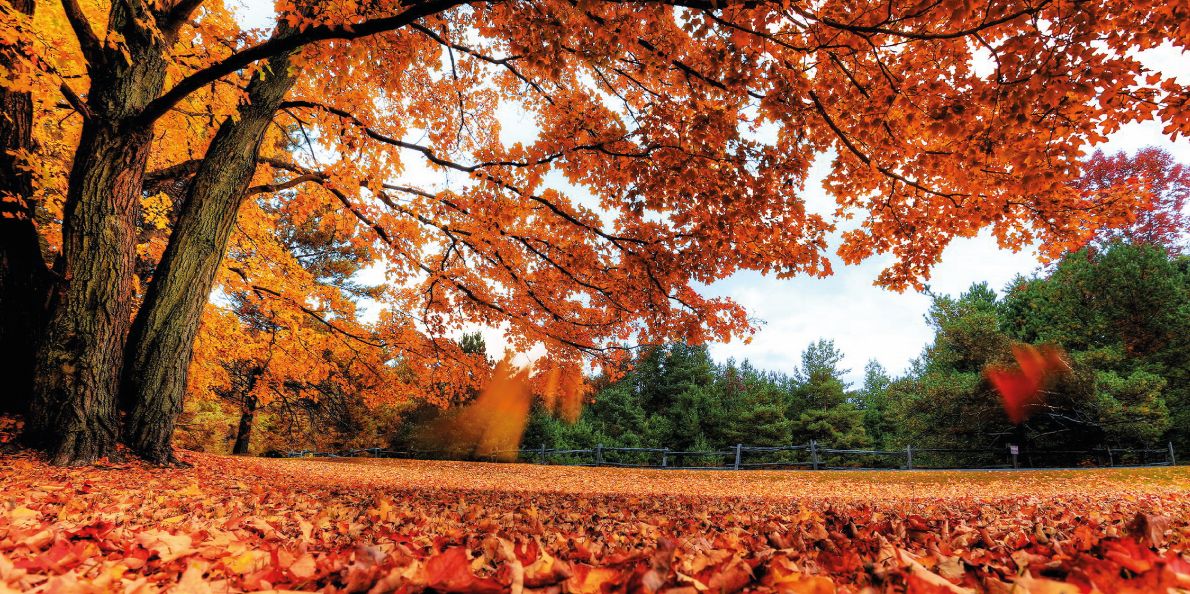Seasons in Canada
Normally when we think about Canada, we associate it with an extremely cold weather, however, Canada has four distinct seasons. Its large size allows us to experience a variety of climates, from hot and humid to colder ones. It is possible to find similar characteristics between the four seasons around the country.
Spring (March to May): It's the season when the snow accumulated during the winter starts to melt. The days are longer and warmer, but the nights remain cold. The plants begin to grow, the trees are bare to the end of the season though.
Summer (June to August / September): The weather is warm and the temperatures can reach 30 ° C. It is the season to enjoy the varied and extensive Canadian nature, especially its many lakes and attractive mountains.
Autumn (September to November): Season characterized by the color change of the trees foliage, which turn from green to red, yellow and brown before falling to die down in the winter. Winter (December to February / March or later): Characterized by very low temperatures and frequent snowfalls. Some regions may have snow from October to April. In the north side of the country, temperatures are colder and winter days are short.


